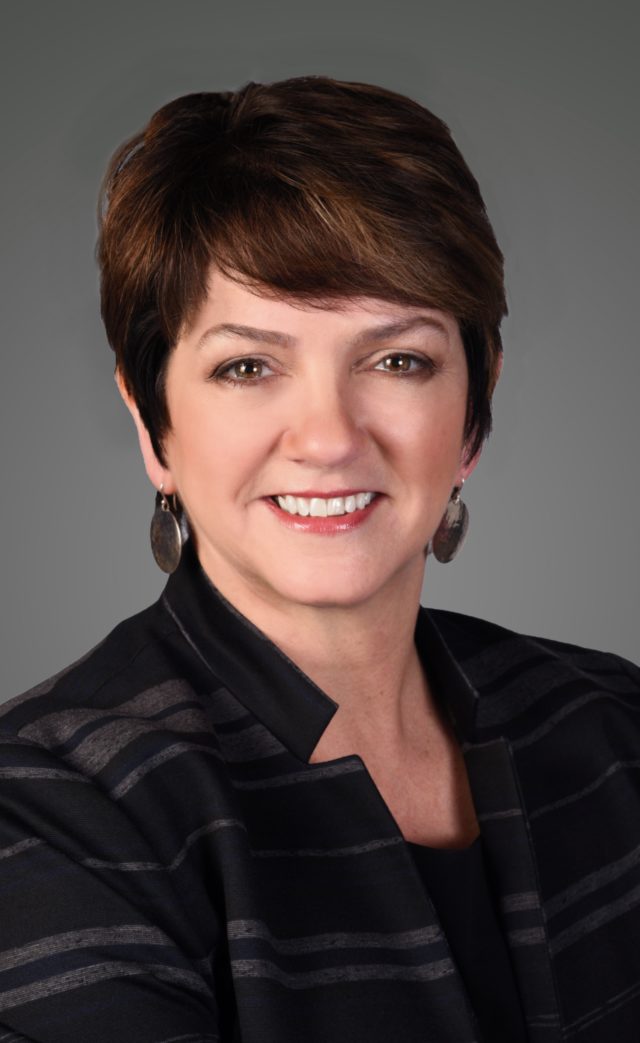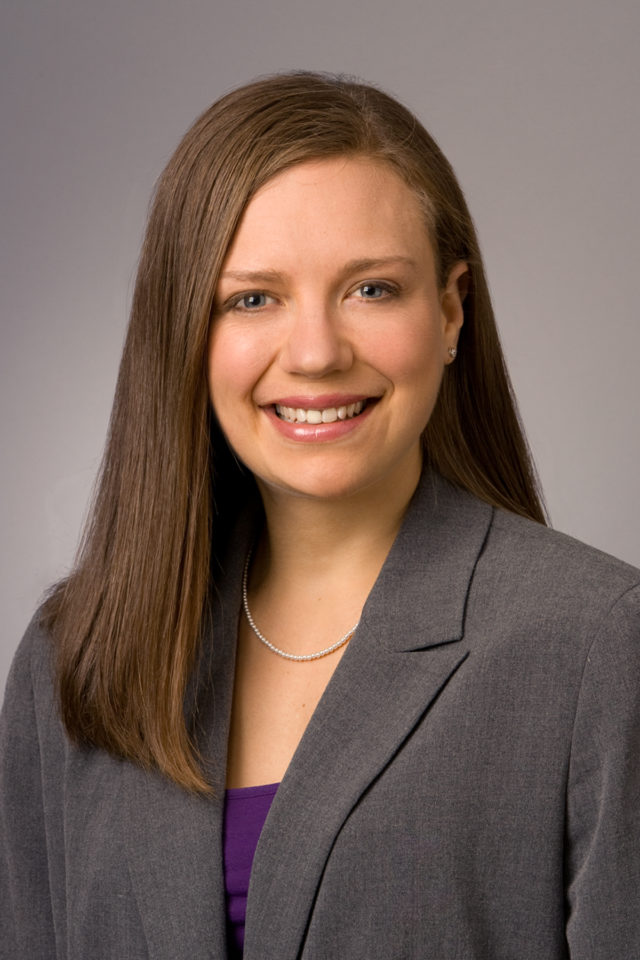
 By Beth Anne Jackson and Allison D. Shelton, Brown & Fortunato, P.C.
By Beth Anne Jackson and Allison D. Shelton, Brown & Fortunato, P.C.
On October 17, 2019, two agencies within the U.S. Department of Health and Human Services (HHS) finally proposed rules (Proposed Rules) intended to reduce the regulatory risk of value-based arrangements (VBAs) in health care. Specifically, the Centers for Medicare and Medicaid Services (CMS) proposed new exceptions to the physician self-referral law (Stark Law). Meanwhile, the Office of Inspector General (OIG) proposed changes to the Anti-Kickback Statute’s (AKS’s) safe harbors and to the exceptions to the beneficiary inducements civil monetary penalties law (CMP Law). Comments to the Proposed Rules are due by December 31, 2019. Because comments can greatly influence the content of the final rules, individuals and entities who participate or plan to participate in VBAs are well-advised to review and comment on the Proposed Rules.

According to CMS, the Stark Law Proposed Rule stems from the agency’s intent to create incentives for the health care industry to move towards population health and VBAs and away from volume-based payment and delivery models. The new exceptions set forth in the Stark Law Proposed Rule include: full financial risk VBAs; VBAs with meaningful downside risk to the physician (25% of remuneration); other VBAs with a value-based purpose directed at a target population; and provision of cybersecurity technology and related services to physicians.
The Stark Law Proposed Rule sets forth definitions for VBAs, value-based enterprises (VBEs), VBE participants, value-based purpose, and target patient population. It also proposes changes to the definition of “commercially reasonable” (profitability is not essential), as well as the standards for whether compensation is based on the “volume or value” of referrals or “other business generated.” Further, CMS is considering whether it will allow compensation arrangements between physicians and DMEPOS suppliers, laboratories, and other entities in VBAs. Regardless of whether such entities are permitted to be “VBE participants,” CMS commented that they may provide items and services to beneficiaries receiving services under a VBA, presumably on a fee for service basis.
The Proposed Rule regarding the AKS and CMP Law overlap with the Stark Law Proposed Rule. In developing the Proposed Rule for the AKS and CMP Law, the OIG sought to promote beneficial innovations that reflect up-to-date understandings in medicine, science, and technology. Further, the OIG sought to promote innovations that are useful for a wide range of individuals and entities involved in VBAs while protecting the Medicare and Medicaid programs from fraud, waste, and abuse.
The new safe harbors and exceptions set forth in the Proposed Rule developed by the OIG include: certain coordinated care and associated VBAs that improve quality and/or outcomes; VBAs with substantial downside risk (8%); VBAs with full financial risk; donations of cybersecurity technology; and a new exception for telehealth technologies offered to patients receiving in-home dialysis. The Proposed Rule also offers safe harbor protection for CMS-sponsored innovation models and changes the existing rules regarding warranties and local patient transportation.

It is important to note that the new safe harbors and exceptions require that multiple conditions be met. Moreover, the OIG’s Proposed Rule will protect VBAs only prospectively. That means that any existing VBAs that meet the new safe harbors will not be protected prior to the effective date of any final rule. Accordingly, to avoid risks under the AKS, VBAs must continue to meet current safe harbors or obtain a fraud and abuse waiver in the interim. In addition, the OIG goes further than CMS in determining what types of entities may participate in VBAs by specifically excluding certain types of entities from the definition of “VBE participant,” including: pharmaceutical manufacturers; manufacturers, distributors, and suppliers of DMEPOS; and laboratories.
The Proposed Rules pack a lot of information and nuances into their collective 154 pages. A discussion of every new safe harbor or exception in detail is beyond the scope of this article. However, readers familiar with existing AKS safe harbors, exceptions to the CMP Law, and Stark Law exceptions will not be surprised that the proposed safe harbors and exceptions have similarly detailed terms and conditions that must be met. Both the OIG and CMS kept fraud, waste, and abuse in the forefront in drafting these rules. Consequently, the iterations of VBAs that will comply with any finalized safe harbors and exceptions may be somewhat limited if the Proposed Rules are not subject to substantial changes. Regardless, because of the significant regulatory risk, a qualified health care attorney should be consulted prior to structuring or participating in a VBA.


